
Nature
12:43, 25-Oct-2018
Black widow spiders help create steel-strength fiber
Updated
11:51, 28-Oct-2018
CGTN
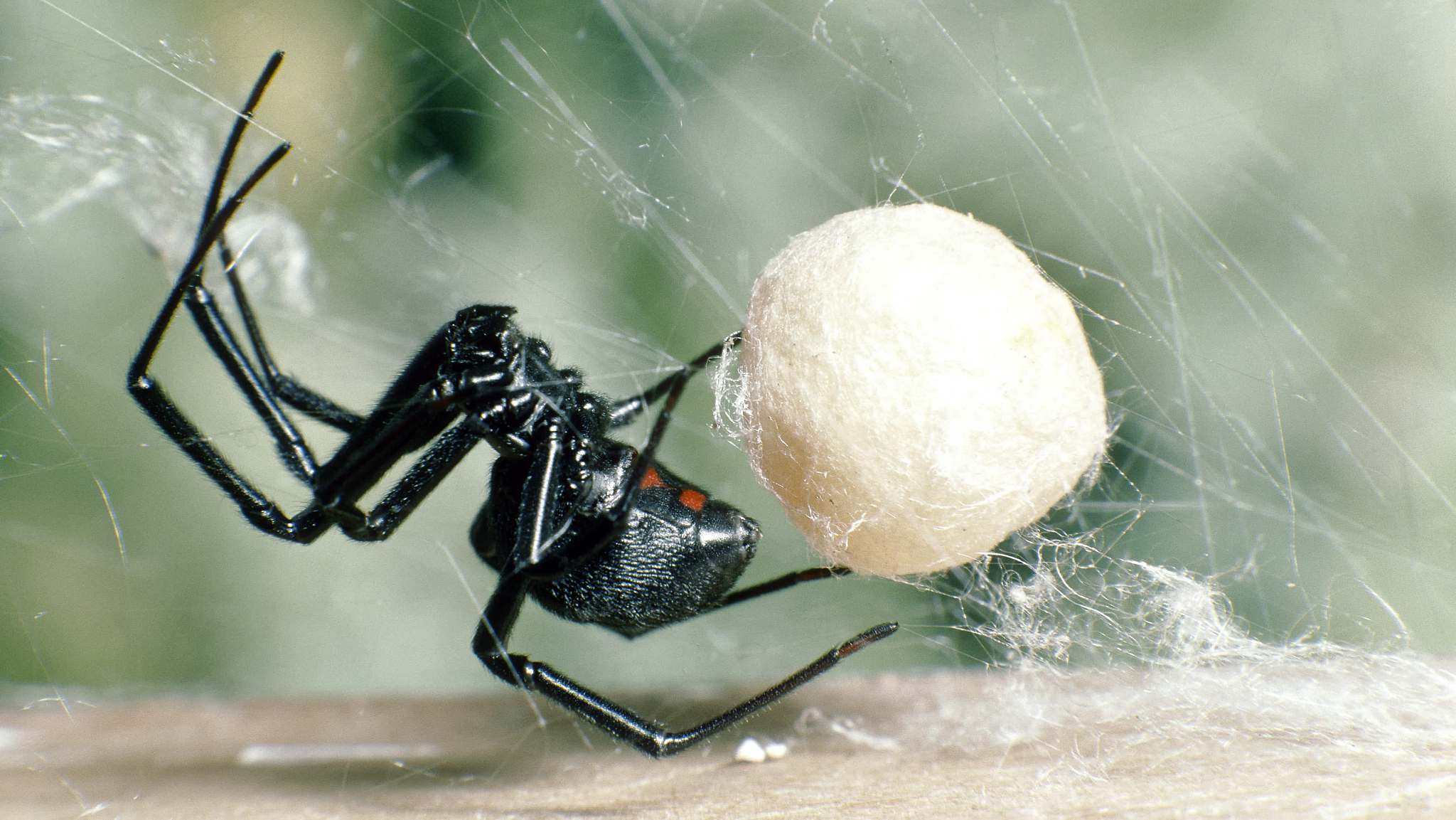
American scientists revealed how black widow spiders weaved steel-strength silks, which promised to create equally strong synthetic materials.
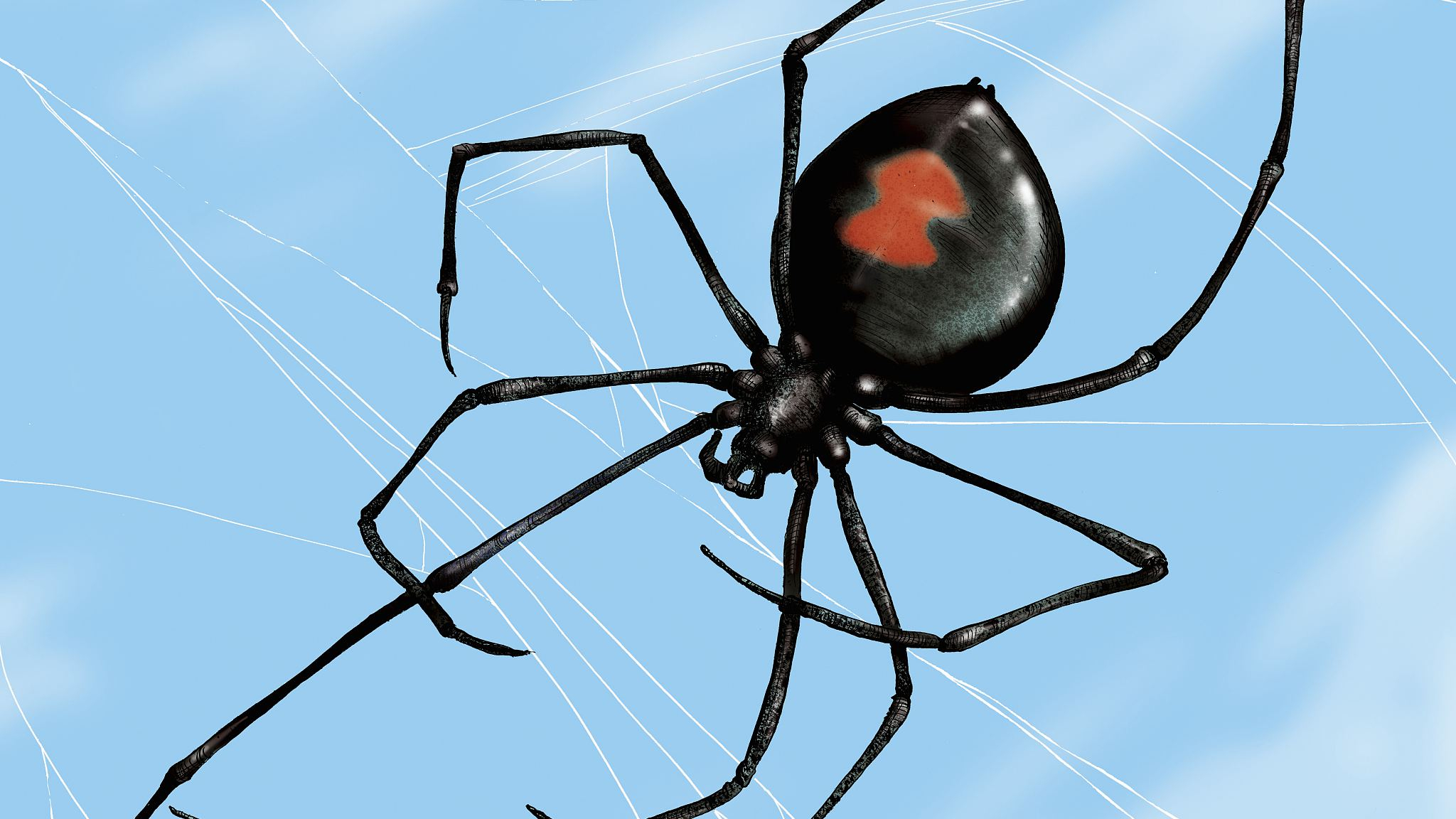
Close-up of Black Widow Spider in the web /VCG Photo
Close-up of Black Widow Spider in the web /VCG Photo
The study published on Monday in the journal Proceedings of the National Academy of Sciences showed that spider silk proteins did not start out as simple spherical micelles as previously thought, but instead as complex, compound micelles. Micelles are clusters of water-soluble and non-soluble molecules.
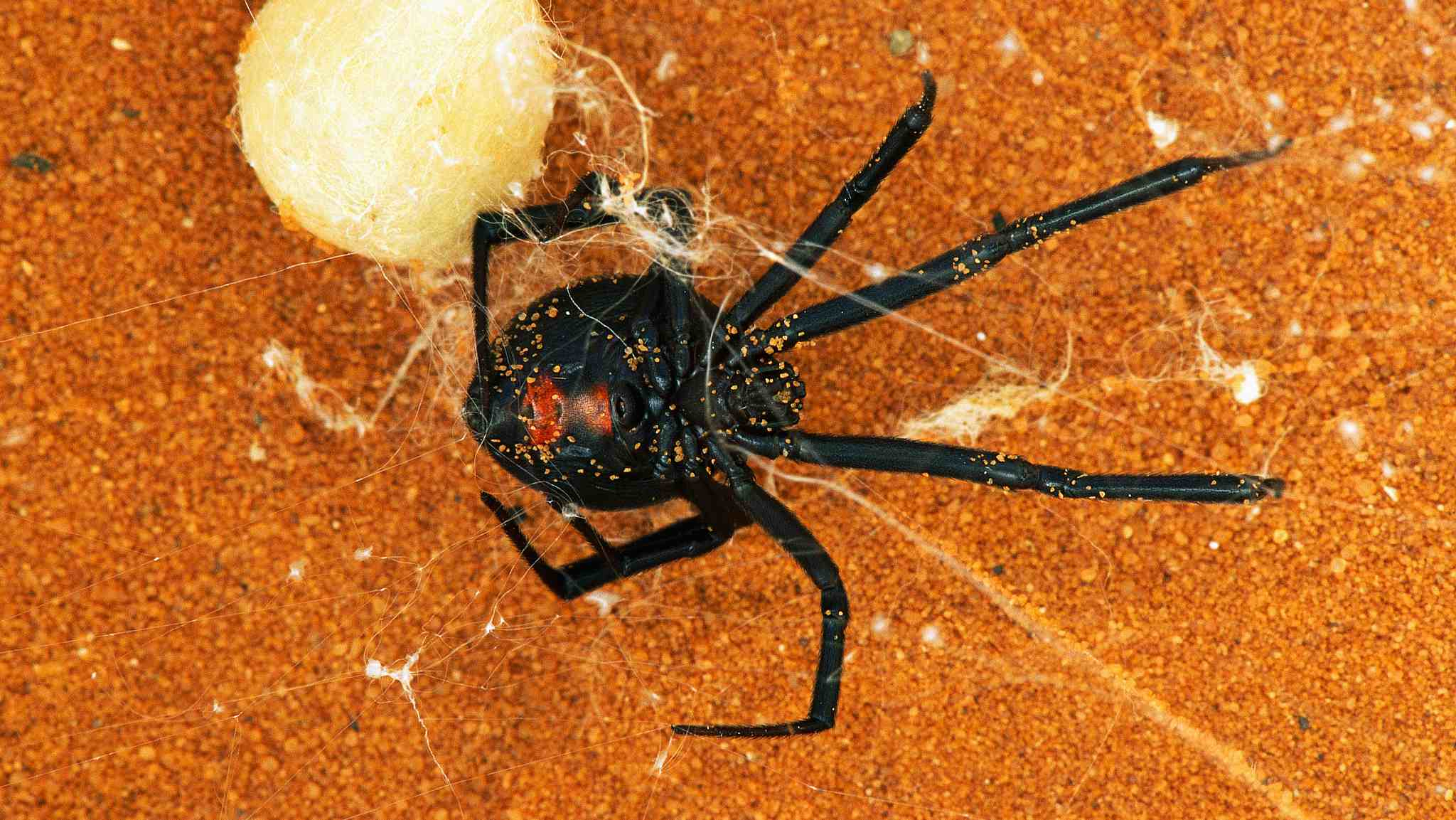
Western Black Widow Spider /VCG Photo
Western Black Widow Spider /VCG Photo
This unique structure is potentially required to create the black widow spider's impressive fibers, which might compare to steel when it comes to tensile strength, according to the study.
Previous research supposed that spider silk proteins await the spinning process as nano-size micelles before being funneled through the spider's spinning apparatus to form silk fibers.
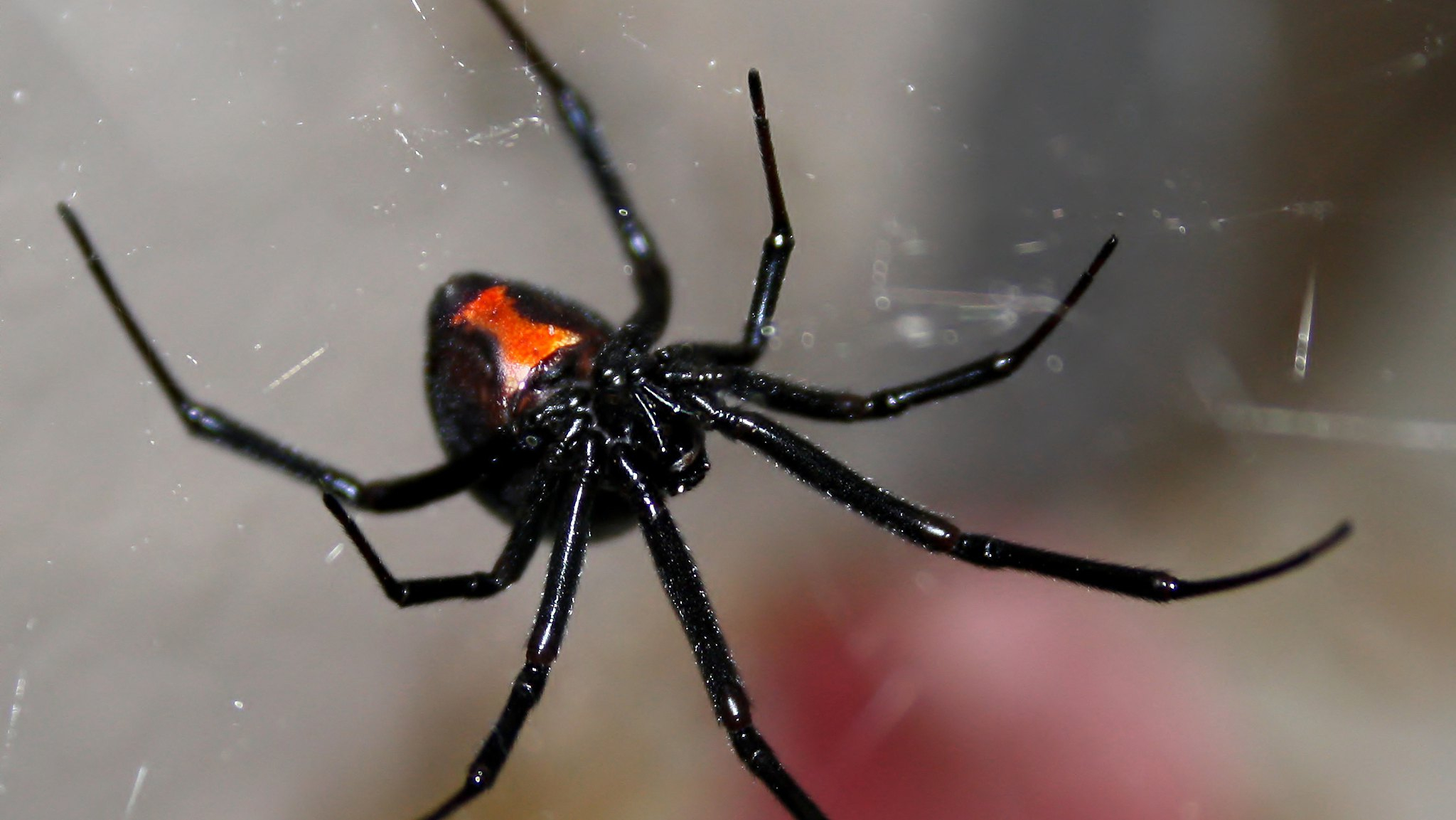
Black Widow Spider /VCG Photo
Black Widow Spider /VCG Photo
However, when scientists attempted to replicate this process, they were unable to create synthetic materials with the strengths and properties of native spider silk fibers.
Researchers at Northwestern University and San Diego State University used nuclear magnetic resonance spectroscopy to see inside the protein gland where the silk fibers originate, revealing a much more complex, hierarchical protein assembly.
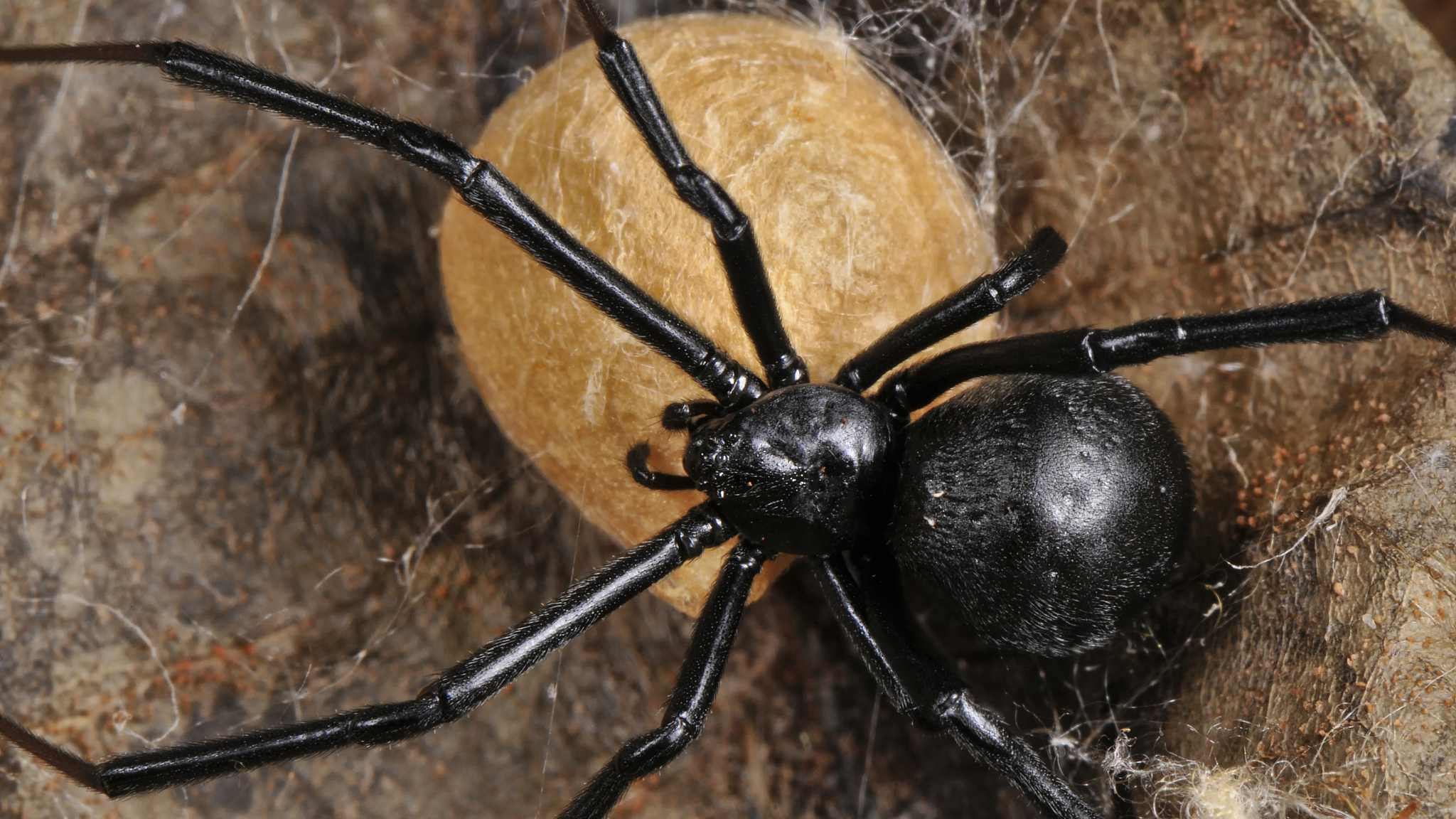
Female Black Widow Spider (Latrodectus mactans) attending to her egg sac. /VCG Photo
Female Black Widow Spider (Latrodectus mactans) attending to her egg sac. /VCG Photo
"We now know that black widow spider silks are spun from hierarchical nano-assemblies (200 to 500 nanometers in diameter) of proteins stored in the spider's abdomen, rather than from a random solution of individual proteins or from simple spherical particles," said the paper's co-author Gregory Holland, associate professor in the department of chemistry and biochemistry at San Diego State University.

Microscopic View of Black Widow Spider /VCG Photo
Microscopic View of Black Widow Spider /VCG Photo
If duplicated, "the practical applications for a material like this are essentially limitless," Holland said.
It could include high-performance textiles for the military, first responders and athletes; building materials for cable bridges and other construction; environmentally friendly replacements for plastics; and biomedical applications, according to the researchers.
(Cover: VCG Photo)
Source(s): Xinhua News Agency

SITEMAP
Copyright © 2018 CGTN. Beijing ICP prepared NO.16065310-3
Copyright © 2018 CGTN. Beijing ICP prepared NO.16065310-3